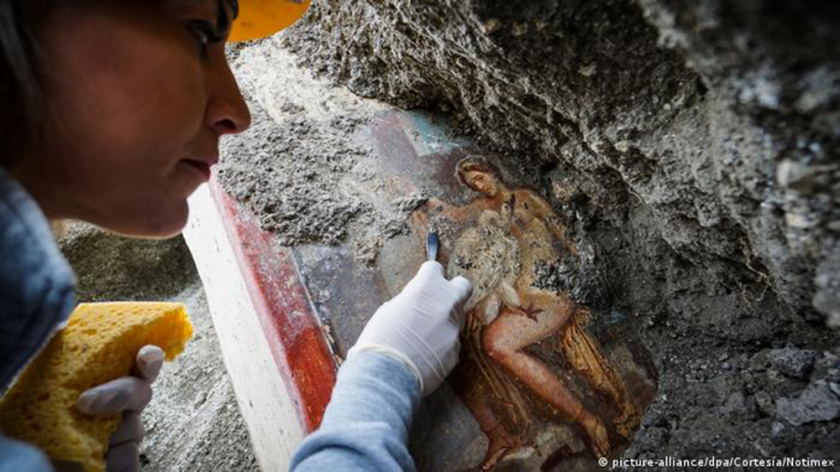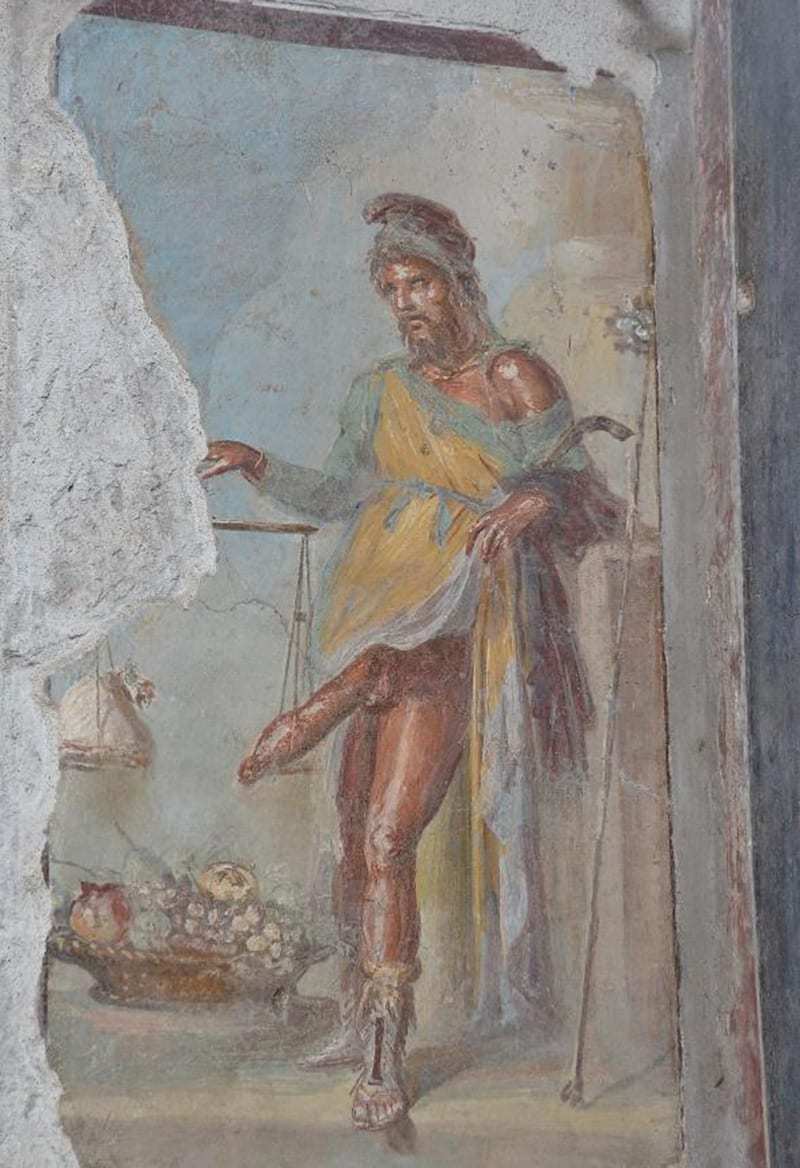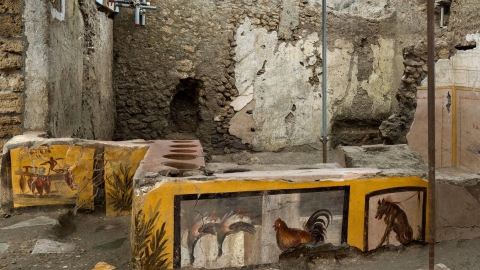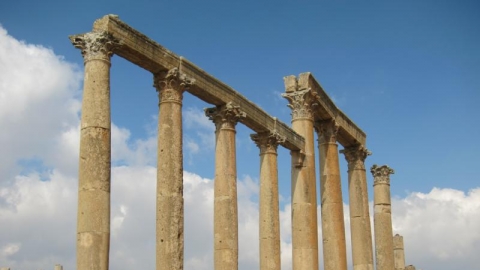THE MAGICALLY SEXY POMPEII FREQUENT TREASURE
Contributing to welcoming the flow of tourists back after Italy reopened to international tourism, organizers recently announced plans to open a new exhibition of selected Pompeii Fresco (fresco) collections, from April 14, at the Pompeii Archaeological Park archaeological site.
Pompeii is an ancient Roman city-state that was buried under 18 meters of ash and pumice after the eruption of Mount Vesuvius in 79 AD. The ruins of Pompeii were forgotten for 1,700 years until they were unexpectedly discovered in 1748. Since then, excavations of Pompeii have revealed increasingly profound insights into the life of an ancient city during the heyday of the “Holy” Roman Empire.

The ruins of Pompeii have long been one of Italy's most popular tourist destinations, attracting around 2.5 million visitors each year. (Photo: Dennis Jarvis)
The ruins of Pompeii are located in the town of Pompeii, near Naples, the capital of the Campania region in southern Italy. The ruins of Pompeii are part of the Vesuvius National Park, a UNESCO World Heritage Site since 1997.
During the excavation of the ruins of the ancient city of Pompeii, archaeologists were amazed to discover many ancient architectural works still preserved almost intact under the volcanic ash layer, including: markets, villas, theaters with beautiful terraced stages, luxury hotels, swimming pools, tunnel systems, aqueducts...
PROSPERISM IN POMPEII FREQUENT PAINTINGS
Many Romans of the time regarded Greek philosophy, art, and literature as a symbol of great sophistication. As a result, the wealthy Pompeiians followed the Roman elite in seeking to adopt popular trends in Greek culture. The most common form of expression was decorating private homes and public spaces with Frescoes, depicting scenes of passion and fascination from Greek mythology.

The Pompeii Frescoes contain many depictions of passionate and enchanting scenes from Greek mythology. (Photo: romeartlover.it)
“Eroticism is everywhere in Pompeii. Including in homes, bathrooms and public spaces… This is due to the influence of the Greeks, who had a very distinctive art of Nude painting,” Time quoted Gabriel Zuchtriegel, General Director of the Pompeii Archaeological Park, analyzing the priceless Fresco treasure of Pompeii.

Archaeologists discovered a Fresco (fresco) in the bedroom of a house in the ancient city of Pompeii, depicting a "sensitive" and magical love scene between Zeus (transformed into a swan) and the legendary Spartan Queen, according to Greek mythology. (Photo: DW)
Frescoes are paintings painted on wet or freshly plastered plaster, covering an entire wall or ceiling. The Fresco treasure is particularly fascinating among the many artifacts discovered at Pompeii. Most of the Pompeian Frescoes used a red pigment called Cinnabar to create a bright red color, unlike the dark red tones of many other frescoes seen today.

The fresco that shocked archaeologists is the one depicting the fertility god Priapus weighing his “huge” phallus. (Photo: Ancient History Encyclopaedia)
Most impressive in the Pompeii Fresco treasure are the frescoes depicting fertility cults that worshipped the act of mating, including the worship of the Phallus (the penis in an aroused position). This is believed to represent the ancient concept of the Phallus as a symbol of fertility, luck and wealth.
In particular, the Ancient Romans believed in the Fertility God Priapus as an amulet, with the power to help protect the wealth and prosperity of their homes and families…






























